How to Improve Your Surf Paddling With These Workouts
What you do in the gym strengthens the foundations of athleticism. These foundations allow you to work on and improve your skill in the water.
Surfing will always be the best thing to do in order to get better at surfing. Bottom line. And to surf better you have to Improve Surfing Paddling.
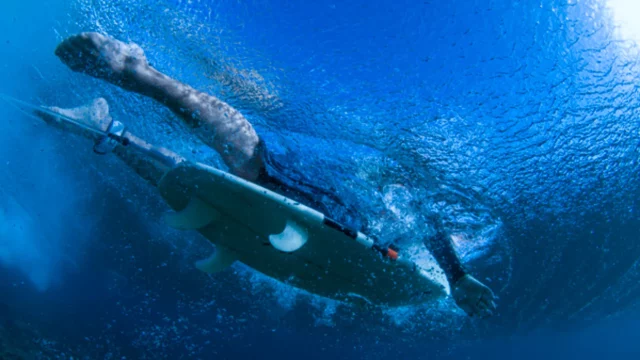
But, gym-time or focused movement can solidify your bodies capability to excel in the water, and take advantage of the times you get to hop into the ocean.
That is why I am so adamant and profoundly insistent that people take more care and responsibility for their bodies.
Put in effort, put in focused training, put in “maintenance” and care for your body so that you can do whatever it is you want to do with it in life… in most of our cases, one of those things is surfing.
Foundations of Athleticism:
Strength, Power, Endurance, Agility, Coordination, Speed, Flexibility
Every sport has a mixture of these foundations in differing ratios.
In order to have an athlete perform at his or her best in their chosen sport, my goal as a strength coach is to determine the ratios of foundations for their sport, and then determine what categories the athlete is lacking.
That is what high quality strength and conditioning work is, and that is what I do for surfers.
Lose all the gimmicky bullshit, and focus on what surfing requires, and what you’re lacking in.
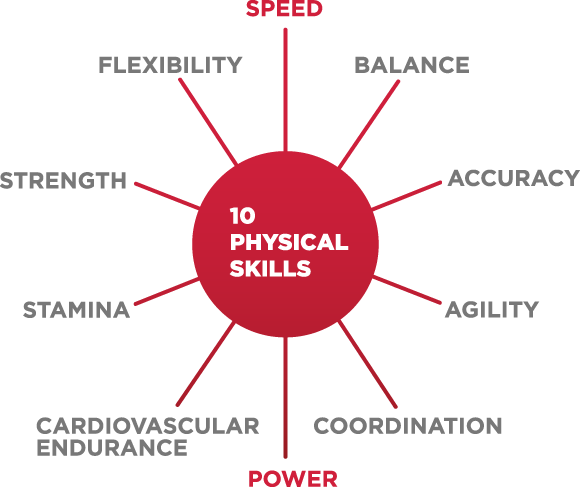
Endurance: Paddle Your Ass Off.
How To Improve Your Surfing Paddling Power and Endurance
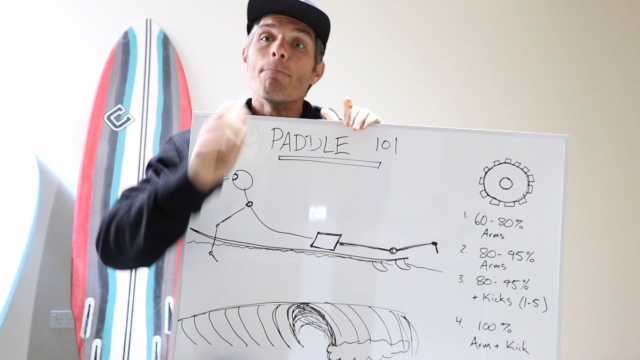
I haven’t been surfing much lately. It makes me sad.
Seriously, I get depressed.
My girlfriend would confirm my change in mood when I get a chance to get back into the ocean.
I bet most of you know what I’m talking about.
Today I got a chance to get back in the water, and it was pumping.
Solid 5 foot with perfect winds.
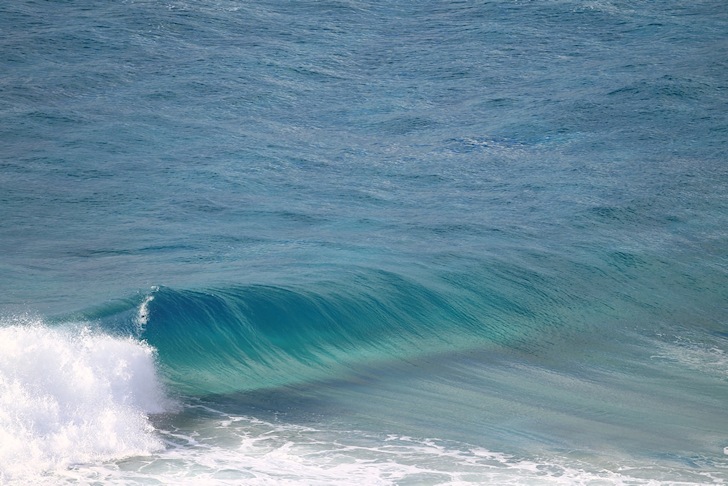
It was lovely, and fun, and quite heavy for 5 foot.
It’s been a solid 2 months since I’d really gotten a chance to do some surfing, and as soon as I saw it when I got to the beach I knew it would be a bit challenging for surfing. I got handled.
A bit out of sync, but more was lacking in endurance for paddling.
I grabbed a few fun ones, but my conditioning wasn’t there.
I’d have really like to do some surfing for a few more hours.
It’s time to work on some conditioning, upper body work capacity… lots of paddling…
Being able to do that is a combination of several things.
1. Work Capacity, Endurance, Anaerobic Conditioning.
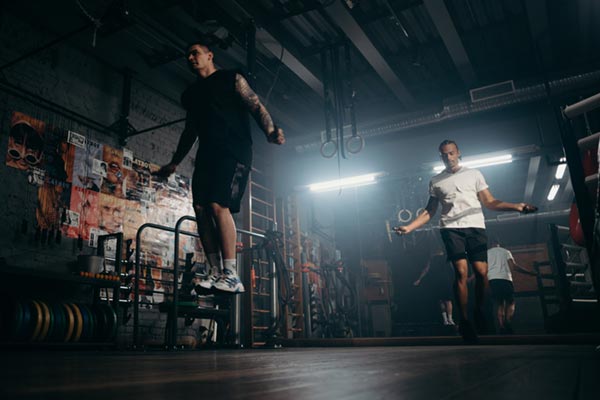
This is essentially the ability to produce lower level effort or work for longer periods of time.
It’s the foundation of being able to paddle for extended periods of time and quickly recover.
Think of it as a the base for you to be able to perform in the water without getting easily gassed.
This can be improved with full body conditioning work like jumprope, circuit training, Interval running, row machines, and even jogging.
This training doesn’t need to be “surf specific”, it just needs to tax the oxidative system.
Read more about this here: Jumprope Endurance Training – Surfer Endurance
2. Mobility and joint health of the Upper Body.
Make sure your thoracic spine and shoulders can move properly.
Hours of paddling, producing force, and taking a joint through a large range of motion will tear your shoulder apart and create low level inflammation if a joint is out of ideal alignment.
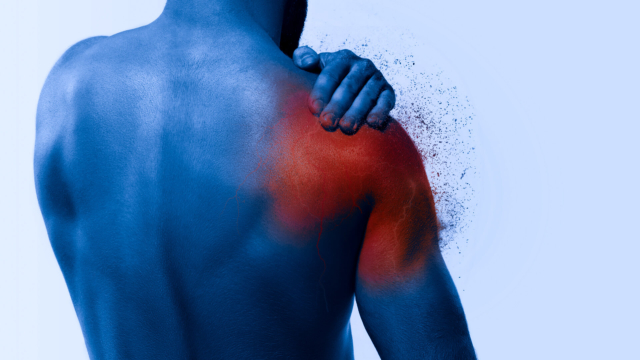
Make sure you can move well through your thoracic spine and shoulder girdle.
Most desk-jockey surfers are exceptionally stiff through these two shoulder areas.
Read about thoracic spine movement here: Surfers Shoulders Thoracic Mobility Drills And check out the video below for a series of upper body stretches.
FOR MORE INFO ON STRETCHING, MOBILITY, & RESTORING FLEXIBILITY CHECK OUT STRETCHES FOR SURFERS 2.0
3. Back Extensor Endurance.
Think of a paddling posture, chest up, head high, a nice arch to the back.
Don’t be one of those “turtle” dudes who can’t extend the spine.
Part of this is having adequate mobility as mentioned above, but it’s also about having the necessary work capacity and aerobic endurance in the back extensor muscles.

If you don’t have adequate strength and endurance through your back muscles, fatigue, spasm, and ache aren’t too far away.
This can be achieved through various “core” training movements that hit the posterior chain muscles (glutes, hamstrings, spinal erectors).
Hold these movements for long periods of time with short rest periods to specifically build up the work capacity of these muscles.
4. Training pulling movements hitting a variety of energy systems and strength characteristics.
When I mention energy systems I’m referring to the pathway the body uses to produce force.
Aerobic as mentioned in work capacity and endurance above is largely oxygen dependant.
In order not to dive into science class, you can think of aerobic conditioning as lighter movements, higher repetitions, and keeping the muscle producing force for long and extended periods of times.
Anaerobic energy production is largely without the utilisation of oxygen in the metabolic pathways. and is primarily used in efforts of high intensity and short duration.
Think power and explosive movements like your initial paddle into a 6 foot drainer.
Paddling is a combination of strength, power, endurance, and utilises varying degrees of both metabolic pathways, so it’s best to train utilising those various energy systems and strength characteristics.
Chinups, DB rows, 1 Arm Cable Pulls, Band Pull Aparts, MedBall Slams, Straight Arm Lat Pull Downs…. the list of potential arm movements is exhaustive.
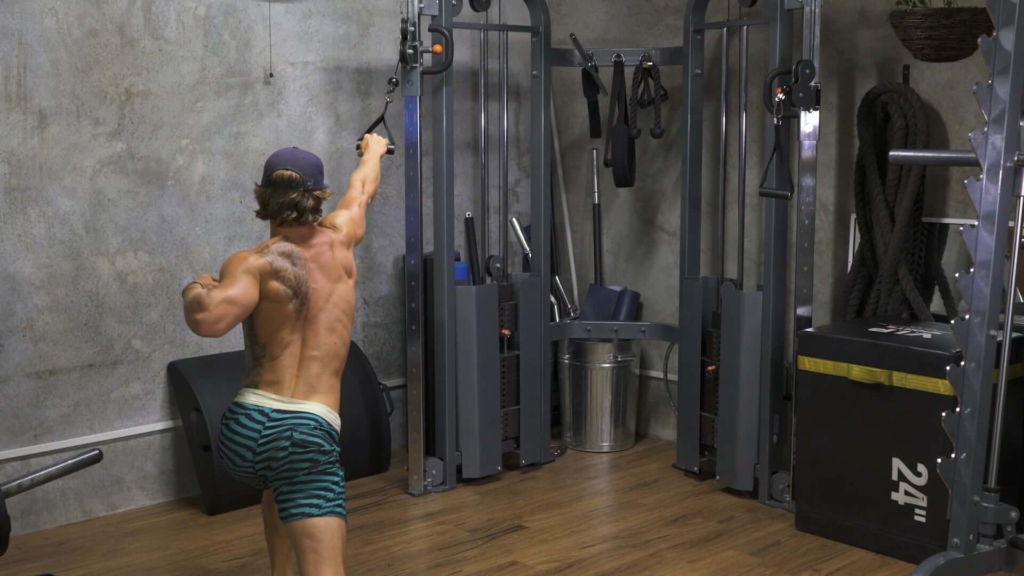
The focus should be pulling arm movements that focus either on power, strength, or endurance, which can be achieved through specific rep ranges.
Now you know the 4 Key Aspects to Improving Your Surfing Paddling Power and Endurance. Get to Work! But 1 Last Important Thing.
You Need to Know How to Pull Properly! – Learn the Keys to Controlling the Shoulder When Training
If you’re using good training movements, but you’re not controlling the shoulder movement, then you’re not really benefitting
That video goes over the key insights into how to set the shoulder up for efficient and strong pulling movements.
Train your body to move properly and prevent further dysfunction!
There you go. Key methods of training for paddling, how to do it effectively, and the mobility work to make sure you can move fluidly and do lots of surfing.
Now it’s up to you to utilise it.
Train efficiently so you can surf your ass off and improve your surfing and paddling, stay out of pain, paddle stronger and longer, and kook hard or try and get pitted!
Advanced Surf Paddling Workouts
Building a Strong Foundation: Strength and Power
In addition to the basic conditioning and mobility exercises, focusing on strength and power can significantly enhance your paddling efficiency. Here are some advanced exercises to incorporate into your training:
1. Deadlifts and Squats
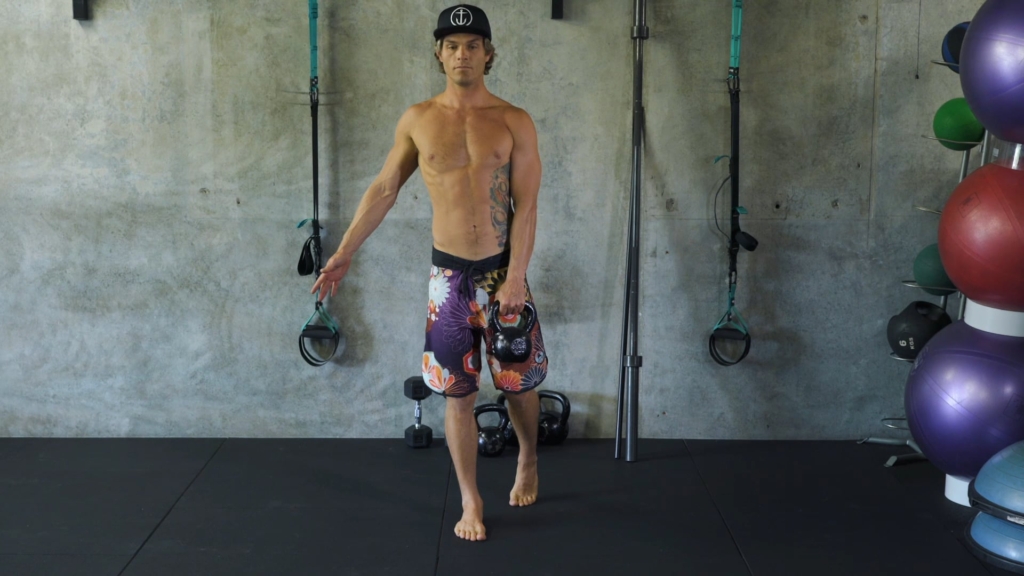
Deadlifts and squats are essential for building overall strength. They engage your entire posterior chain, which is crucial for maintaining paddling posture and generating power.
2. Spiral Chest Press
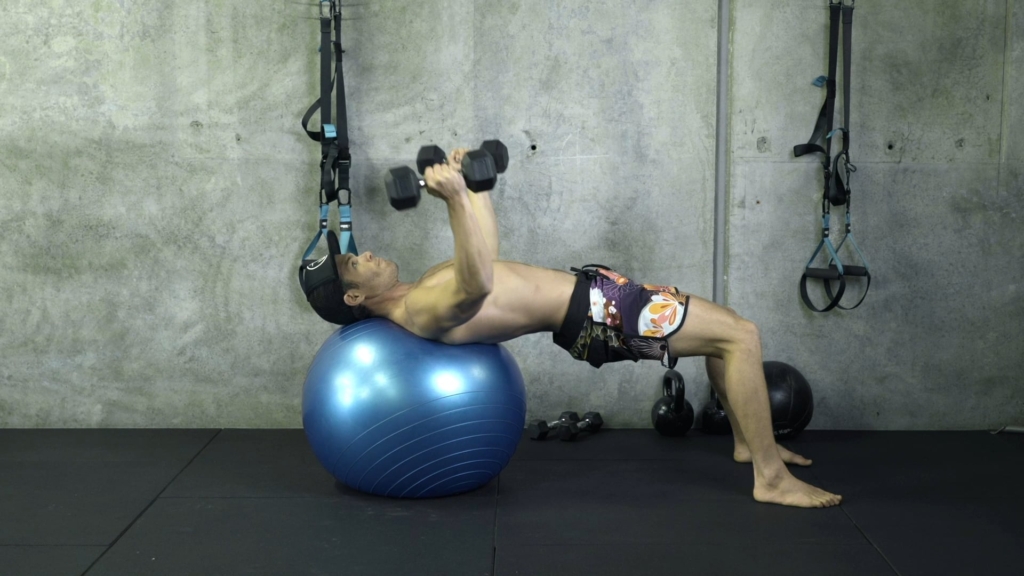
The overhead press helps improve shoulder strength and stability, crucial for the repetitive motion in paddling.
3. Plyometric Push-ups
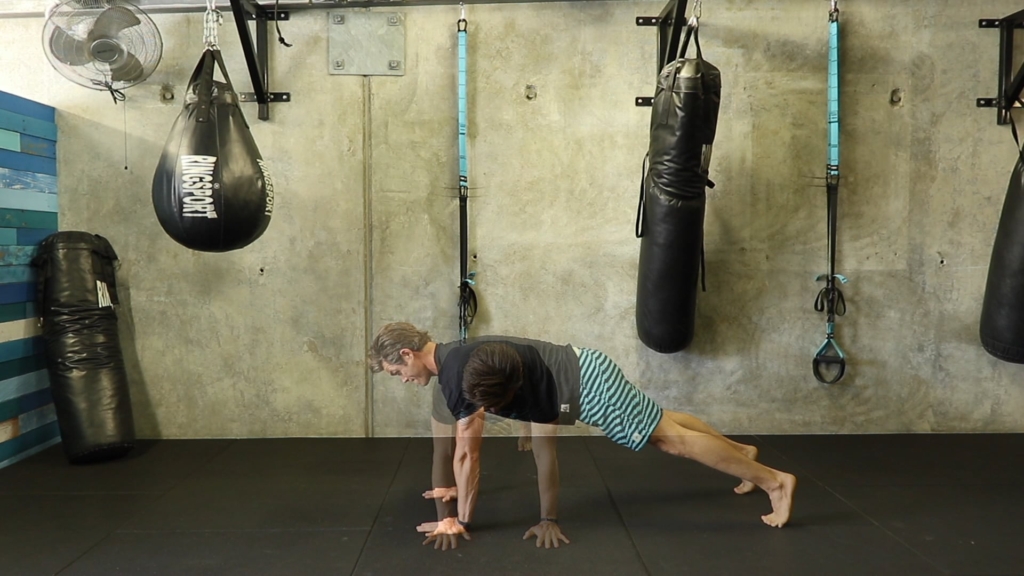
Plyometric push-ups enhance explosive power in your upper body, mimicking the explosive paddling needed for catching waves.
Enhancing Flexibility and Range of Motion
Flexibility and a wide range of motion are essential to prevent injuries and improve paddling efficiency. Consider adding these exercises to your routine:
1. Shoulder Dislocations with Resistance Band

This exercise improves shoulder flexibility and range of motion.
2. Thoracic Bridge
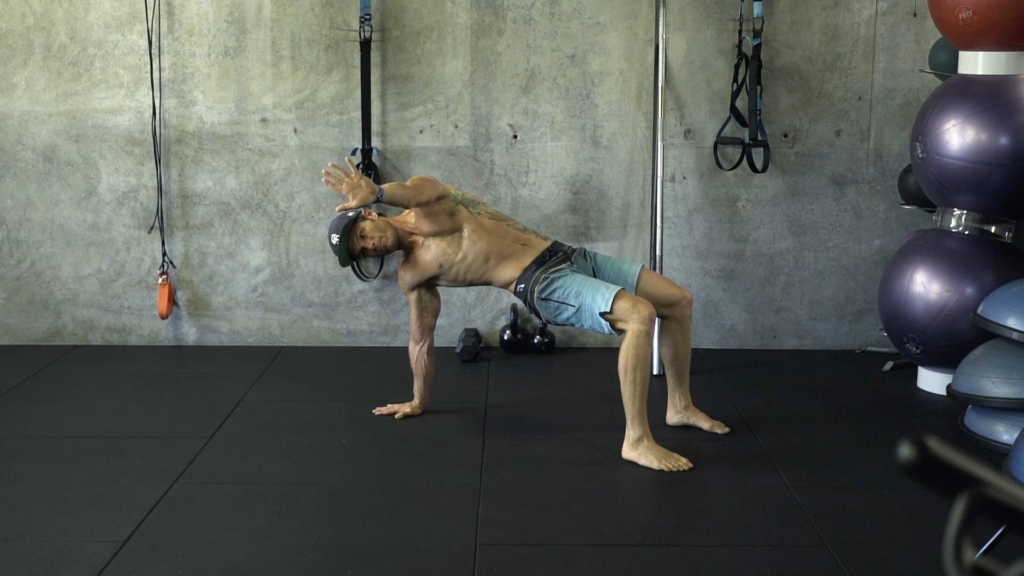
The thoracic bridge helps open up your chest and improve thoracic spine mobility, essential for maintaining good paddling posture.
3. Dynamic Pigeon Stretch
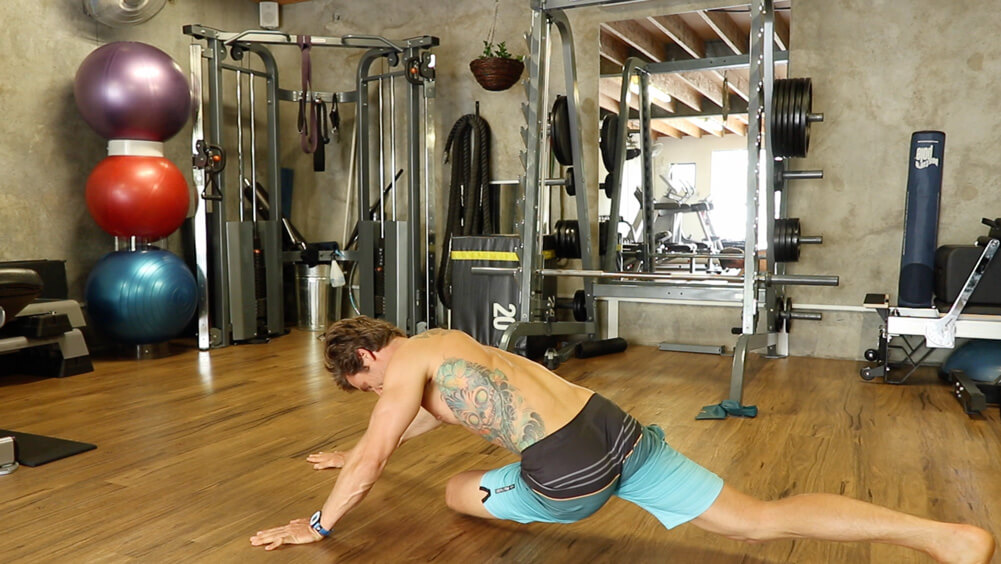
The pigeon pose is excellent for opening up the hips and improving lower body flexibility, contributing to overall paddling comfort.
Monitoring and Adjusting Your Training
Consistency and proper monitoring of your progress are key to effective training. Keep a training log to record your workouts, noting improvements in strength, endurance, and flexibility. Regularly reassess your goals and adjust your training routine to ensure continuous progress.
Mental Toughness and Recovery
Mental toughness is just as important as physical conditioning. Developing a strong mindset will help you push through tough training sessions and challenging surf conditions. Additionally, prioritize recovery with proper nutrition, hydration, and adequate rest to prevent burnout and injuries.
Conclusion: Elevate Your Surfing Performance
By incorporating these advanced workouts and focusing on strength, power, flexibility, and mental toughness, you can significantly improve your surf paddling and overall performance. Stay dedicated, train smart, and enjoy the rewards of better surfing sessions.
Ready to Take Your Surfing to the Next Level?
Explore more advanced training techniques and personalized coaching programs designed to elevate your surfing skills.
[bp_blueprint id=”703607″][/bp_blueprint]
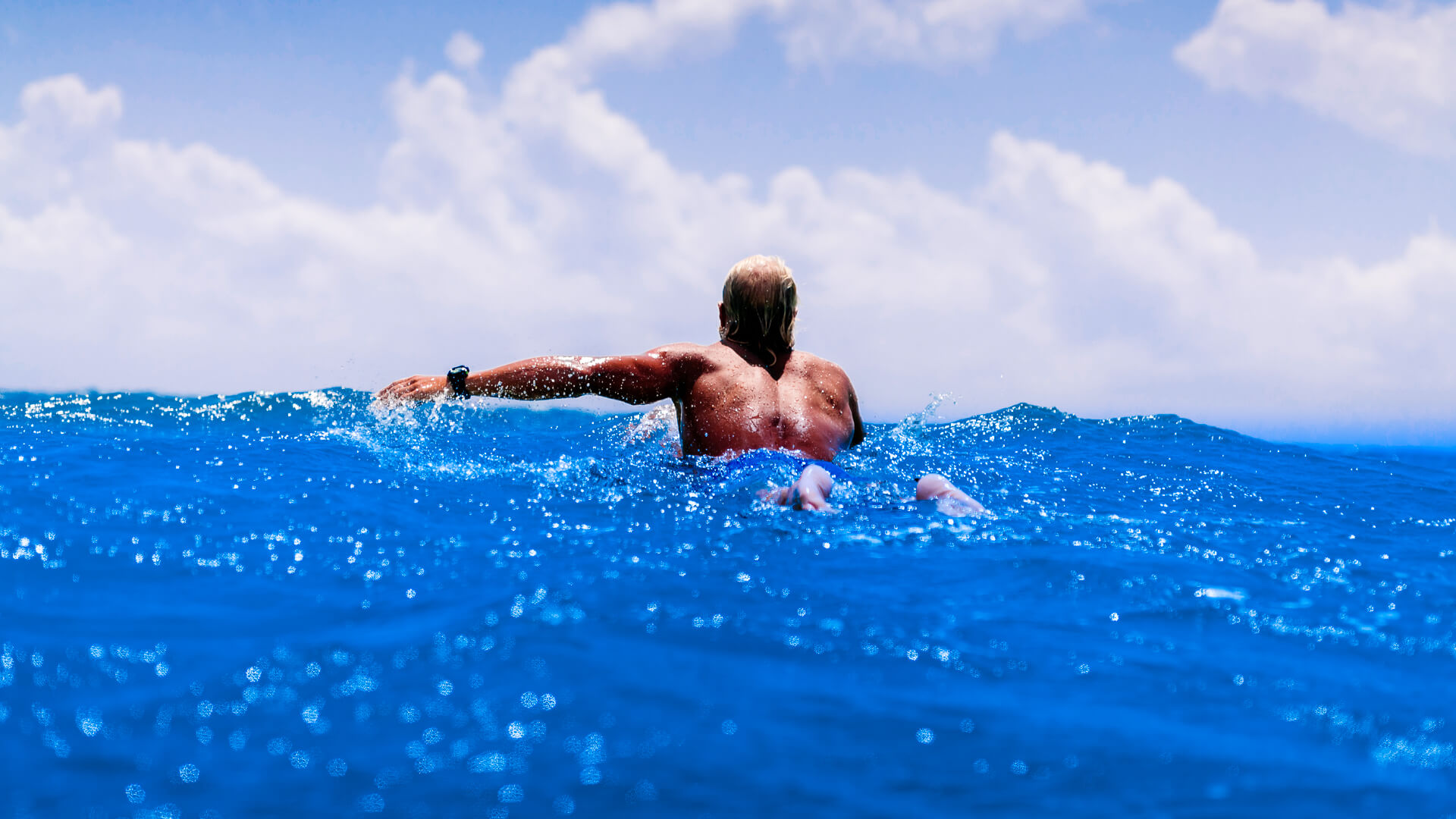
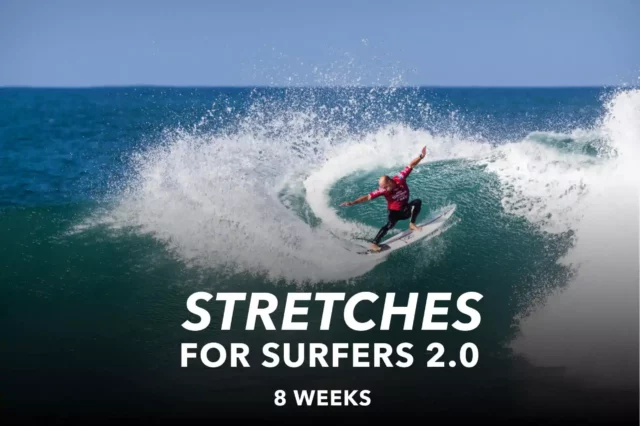
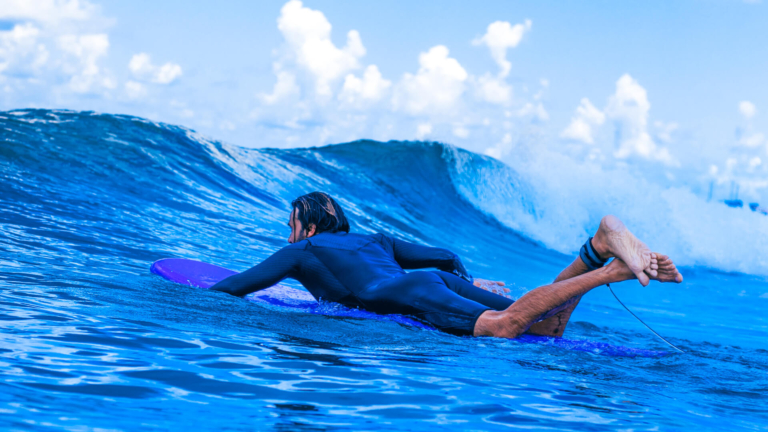
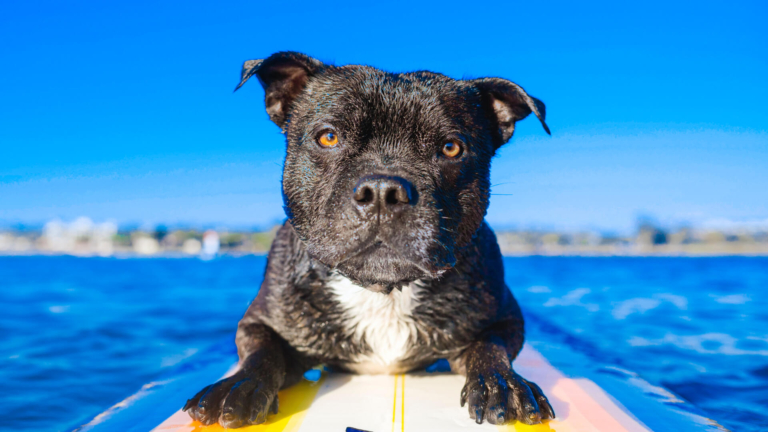
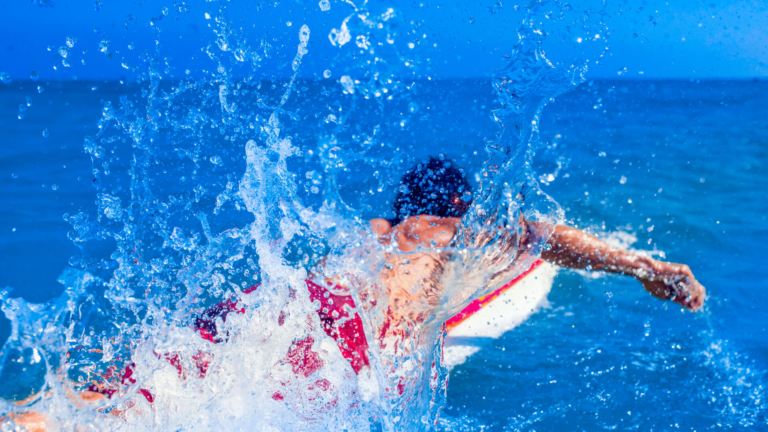
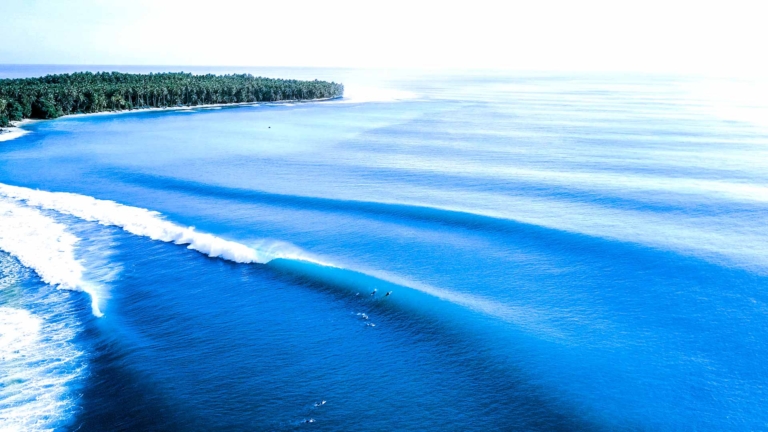
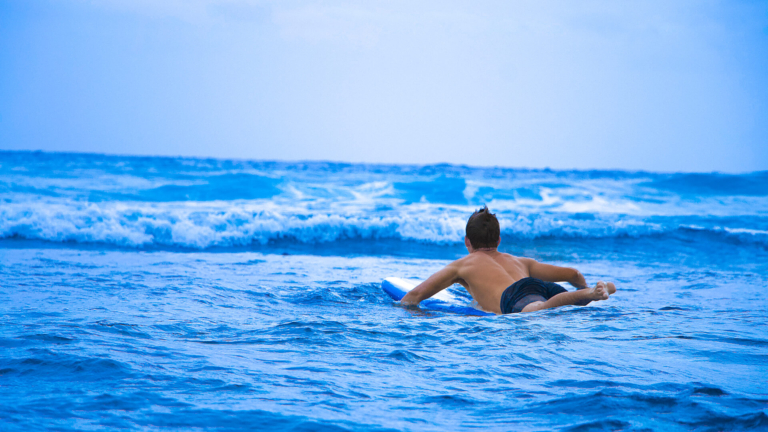
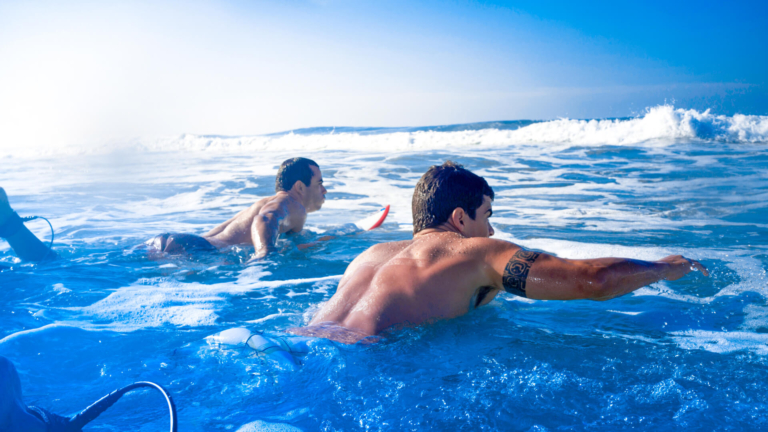
2 Comments